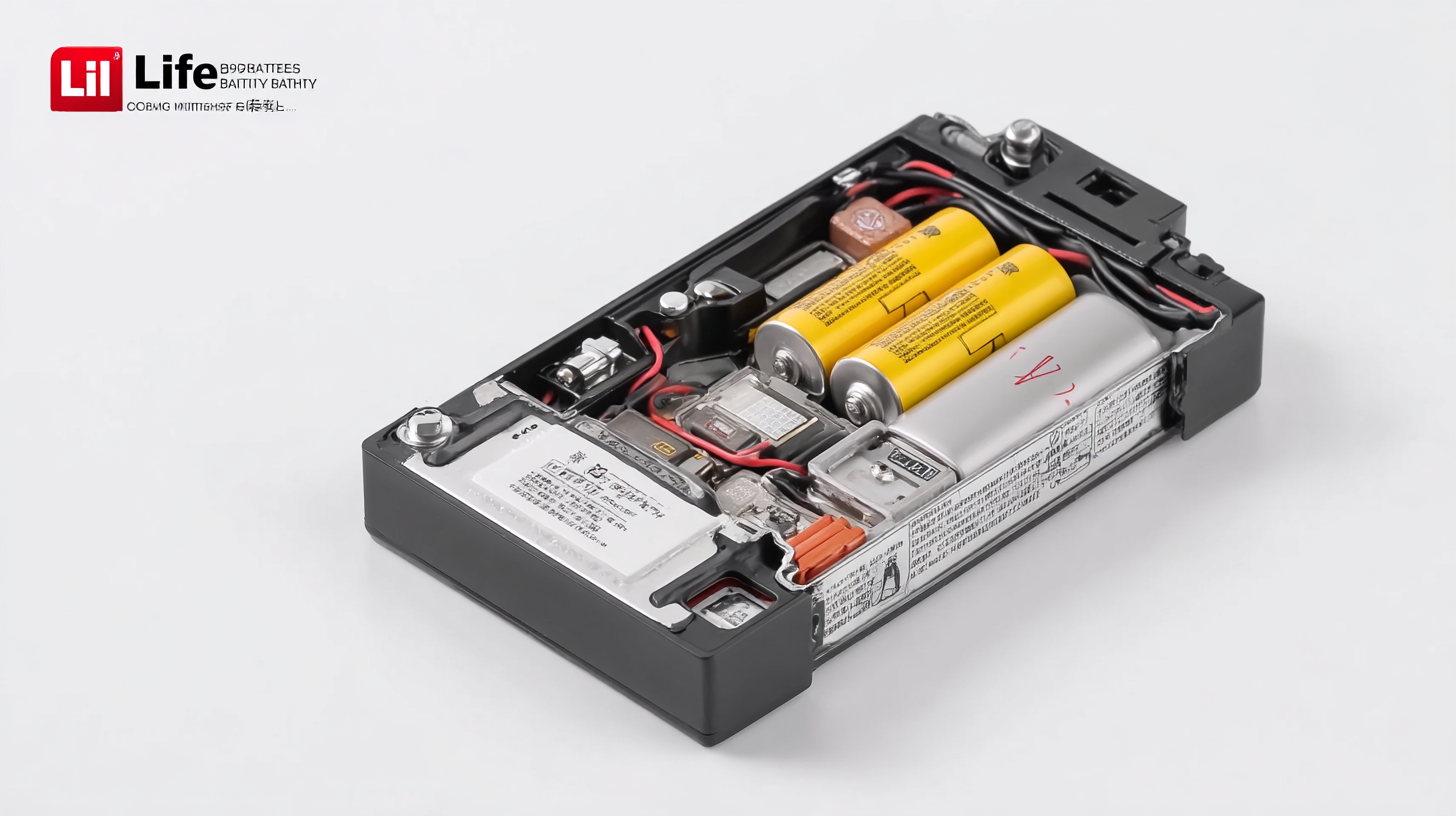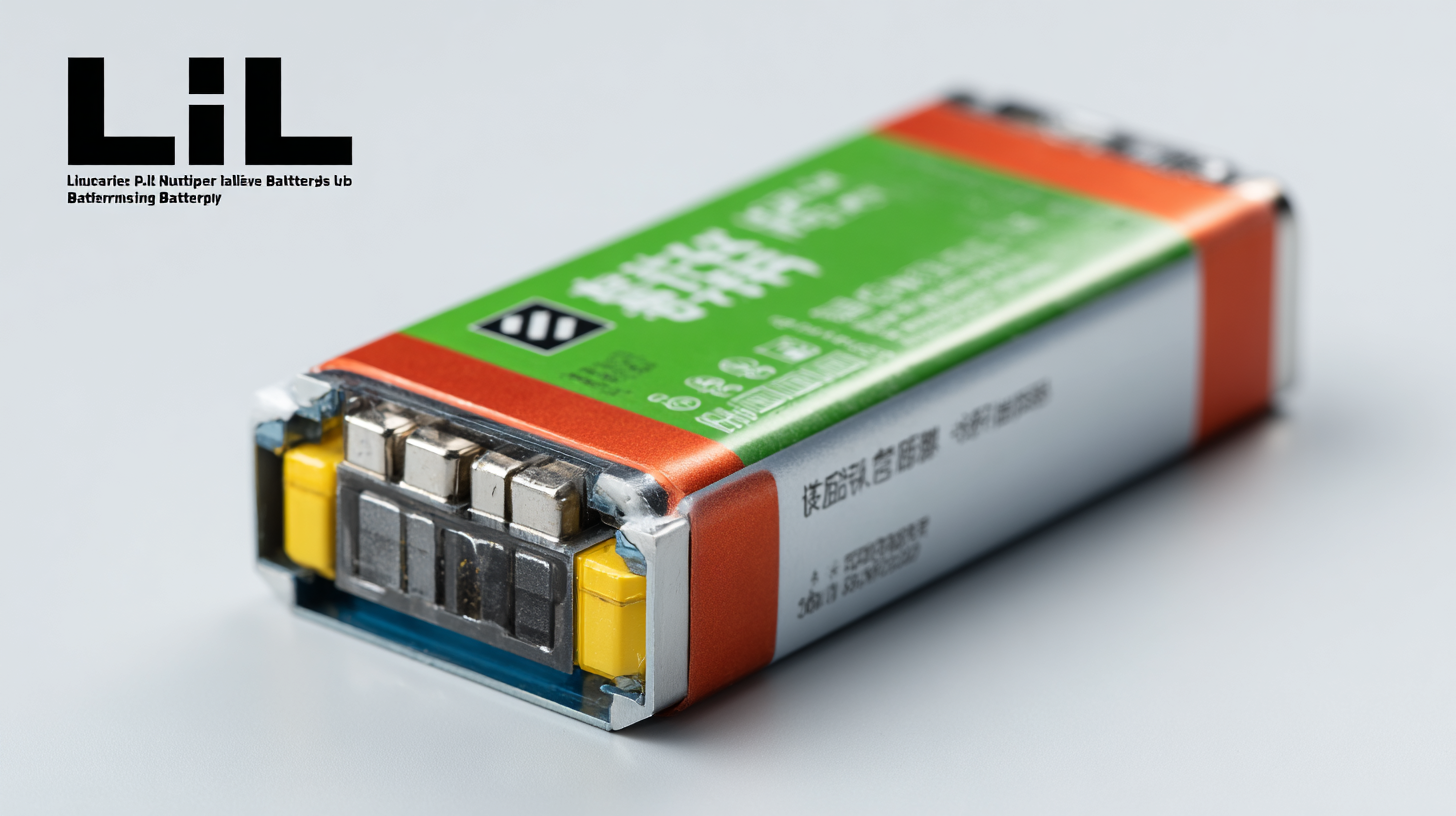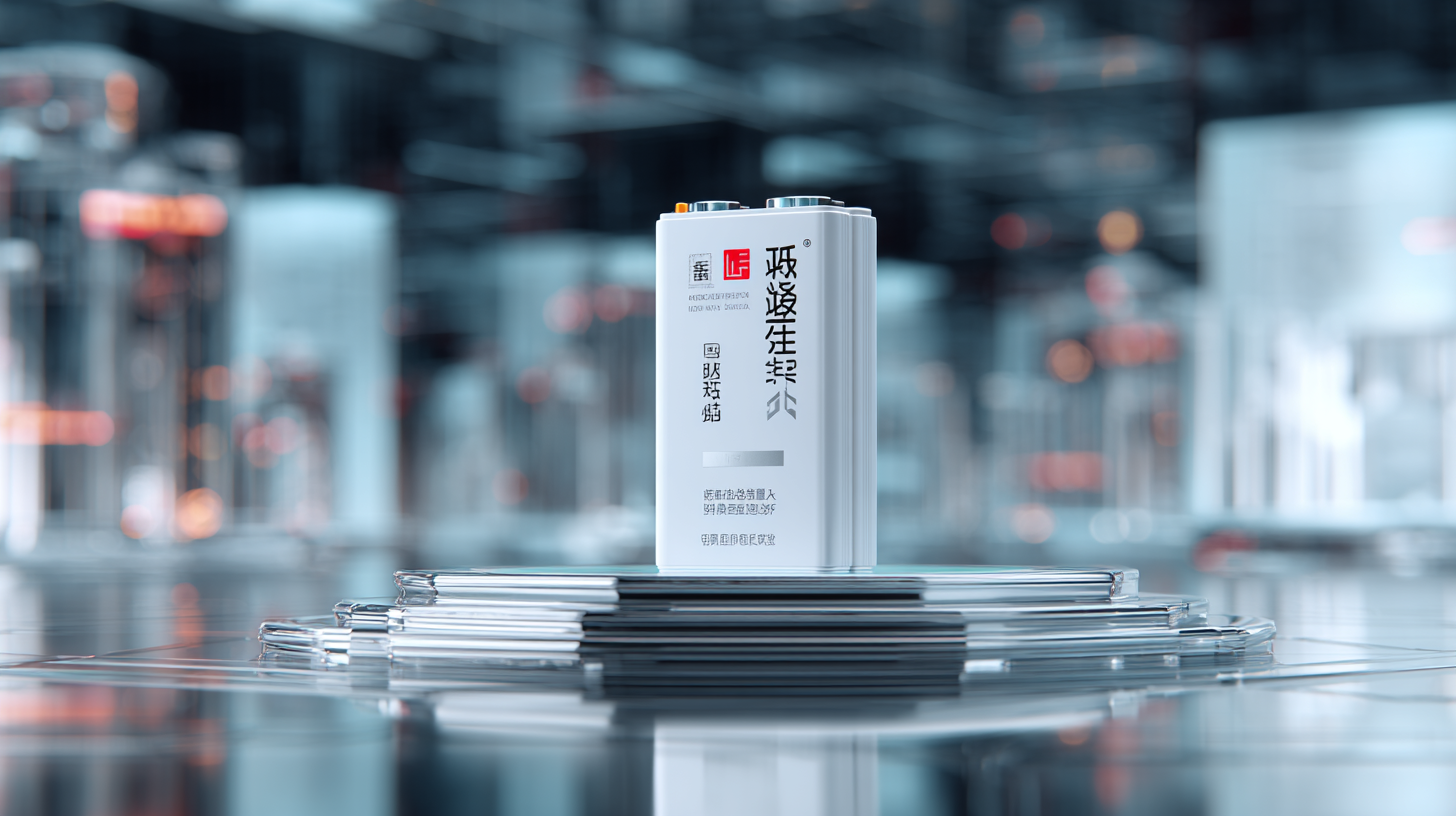
Unlocking the Advantages of the Best Li Polymer Battery for Global Buyers
In the rapidly evolving landscape of energy storage solutions, the Li Polymer Battery stands out for its remarkable versatility and performance characteristics. According to a recent report by Technavio, the global lithium-ion battery market is projected to grow at a CAGR of over 18% from 2021 to 2026, with Li Polymer Batteries gaining a significant share due to their lightweight design and enhanced safety features. These batteries are not only essential for powering consumer electronics, but they also play a crucial role in electric vehicles and renewable energy applications, offering a longer life cycle and higher energy density compared to traditional counterparts. Understanding the different types of Li Polymer Batteries, their unique features, and suitable applications is vital for global buyers looking to leverage these advanced energy solutions effectively. This blog will unlock the advantages of the best Li Polymer Batteries available in the market, providing insights that cater to both novice and experienced users.

Understanding the Unique Benefits of Li Polymer Batteries for Today’s Market
Li Polymer (LiPo) batteries have emerged as a vital component for modern technology, offering unique benefits that cater specifically to today’s market demands. According to a report by MarketsandMarkets, the global LiPo battery market is projected to reach $54.3 billion by 2025, growing at a CAGR of 20.9% from 2020. This growth is fueled by the increasing consumption of advanced electronic devices like smartphones, drones, and electric vehicles. One key advantage of LiPo batteries is their lightweight nature, allowing manufacturers to create more portable and energy-dense products without sacrificing performance.
Furthermore, LiPo batteries offer considerable flexibility in design, as they can be manufactured in various shapes and sizes to fit specific device requirements. This characteristic is particularly advantageous for wearables and compact electronics, where space is often limited. A study by Research and Markets highlights that the electric vehicle segment is also significantly benefiting from LiPo technology, as it provides higher discharge rates and better thermal stability compared to traditional lithium-ion batteries. These advantages make LiPo batteries not just a choice but a necessity for innovative designs in today's fast-paced technological landscape.
Key Features to Look for When Selecting a High-Quality Li Polymer Battery
When selecting a high-quality Li Polymer battery, several key features can significantly improve your overall experience and satisfaction.
First, consider the battery's energy density. A higher energy density means more power can be stored in a compact size, which is crucial for mobile devices and portable electronics.
Look for batteries that boast at least 150 Wh/kg to ensure durability and efficiency.
Another essential feature is safety mechanisms. Li Polymer batteries should have built-in protections against overcharging, short-circuiting, and overheating.
These features not only enhance performance but also extend the lifespan of the battery. A reputable manufacturer will provide detailed specifications about these safety features,
so don't hesitate to ask questions.
Lastly, check the discharge rate. Depending on your application, a high discharge rate may be necessary to support demanding tasks.
For instance, drones and high-performance devices often require batteries with a discharge rate of 20C or higher.
By keeping these tips in mind, you can efficiently choose a Li Polymer battery that meets your specific needs and performs optimally.

Essential Criteria for Evaluating Reliable Manufacturers in the Battery Industry
When considering the procurement of Li Polymer batteries, global buyers must prioritize evaluating manufacturers based on essential criteria to ensure reliability and quality. According to a report by Research and Markets, the global Li Polymer battery market is set to reach $20.5 billion by 2025, driven by the increasing demand for lightweight, high-capacity energy solutions in sectors such as consumer electronics and electric vehicles. Therefore, partnering with a reputable manufacturer plays a crucial role in capturing this market potential.

One vital criterion for assessing manufacturers is the quality certification they possess. Certifications such as ISO 9001 and ISO 14001 indicate a commitment to maintaining industry standards in quality management and environmental responsibility. Furthermore, buyers should also consider a manufacturer’s track record in product reliability and performance. A study from MarketsandMarkets suggests that companies with robust research and development capabilities tend to produce more innovative and reliable battery solutions, which can significantly enhance operational efficiency for end users. By focusing on these parameters, buyers can unlock the advantages that come with sourcing from top-tier Li Polymer battery manufacturers.
Comparative Analysis of Leading Li Polymer Battery Brands for Global Buyers
When it comes to choosing the right Li Polymer battery, global buyers face a multitude of options from various brands, each boasting unique advantages and features. Conducting a comparative analysis of leading manufacturers can help consumers make informed decisions that align with their specific needs. Brands like LG Chem, Samsung SDI, and A123 Systems have set benchmarks in terms of energy density, cycle life, and safety features. An in-depth understanding of these attributes can illuminate which battery is best suited for different applications, whether for smartphones, electric vehicles, or drones.
Moreover, factors such as pricing, warranty offerings, and customer support play crucial roles in the decision-making process. While some brands may offer higher efficiency and longer lifespan, others might provide more attractive pricing or enhanced safety measures. Buyers must evaluate what aspects are most critical to their needs. By carefully comparing these leading Li Polymer battery brands, global buyers can ensure they select a product that not only meets performance expectations but also delivers value and reliability in the long run.
Unlocking the Advantages of the Best Li Polymer Battery for Global Buyers - Comparative Analysis of Leading Li Polymer Battery Brands for Global Buyers
| Specification | Brand A | Brand B | Brand C |
|---|---|---|---|
| Capacity (mAh) | 3000 | 2500 | 3500 |
| Voltage (V) | 3.7 | 3.8 | 3.7 |
| Weight (g) | 85 | 70 | 90 |
| Cycle Life (Times) | 500 | 400 | 550 |
| Charging Time (Hours) | 2 | 1.5 | 2.5 |
| Temperature Range (°C) | -20 to 60 | -10 to 55 | -20 to 70 |
Tips for Maximizing Performance and Lifespan of Your Li Polymer Battery
When it comes to maximizing the performance and lifespan of your Li Polymer battery, understanding the nuances of battery management is key. Recent advancements have led to significant improvements in battery capacity for devices like smartphones and laptops. For instance, the integration of optimized charging technology has been pivotal in enhancing battery longevity. Estimates suggest that users can see a lifespan increase of up to 25% by adhering to optimal charging cycles and avoiding deep discharges.
Moreover, utilizing cutting-edge materials and technologies can influence battery efficiency. Research indicates that techniques such as active balancing in electric vehicles can extend battery life significantly—up to 30% longer in some cases—by ensuring uniform charge distribution among cells. These principles apply equally to consumer electronics; for example, monitoring temperature, keeping devices cool, and avoiding extreme conditions can greatly enhance the lifespan of Li Polymer batteries. As we navigate a future where battery dependency continues to rise, implementing these best practices will be essential in maintaining operational efficiency and longevity across various battery-powered devices.
